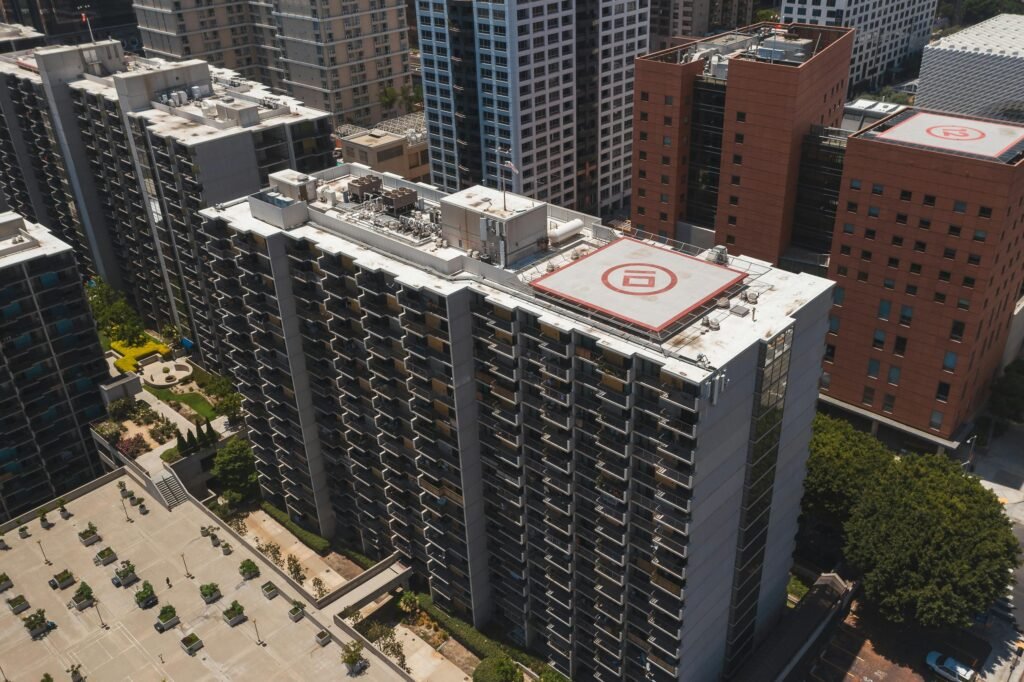🚁 Regulation of Heliports in India – 7 Powerful DGCA Norms You Must Know
Heliports are playing a crucial role in connecting India’s fast-growing cities, pilgrimage centers, and tourist spots. However, setting up and operating a heliport is not just about building a landing pad — it requires strict compliance with the DGCA (Directorate General of Civil Aviation) norms.
At DreamSafar.in, we simplify complex aviation topics for you. Here’s everything you need to know about the regulation of heliports in India – DGCA norms, explained in 7 powerful points.
🚁 1. Site Selection and Land Clearances
DGCA Requirements:
-
Heliports must be located away from populated areas, power lines, obstacles, and busy air traffic zones.
-
Land ownership verification is mandatory (private, government, or leased).
-
Environmental Clearance might be needed if the project falls within sensitive zones.
💡 A smart location ensures safety and operational efficiency from the very start!
🚁 2. Design Standards and Layout
Key Design Norms:
-
Landing area: 30m x 30m minimum for small helicopters.
-
Clear markings like “H” symbol, touchdown and lift-off (TLOF) area, and safety lines.
-
Mandatory perimeter fencing for safety and security.
💡 Proper design is the foundation of every successful heliport operation!
🚁 3. Licensing and Approvals
Mandatory Documents:
-
No Objection Certificate (NOC) from local municipal authorities.
-
Approval of layout plans from DGCA.
-
Application for Final Operational Authorization after construction and trial flights.
💡 Without the right licenses, a heliport cannot operate legally in India.
🚁 4. Safety Equipment and Emergency Preparedness
DGCA Safety Guidelines:
-
Fire-fighting equipment (minimum Category H1 readiness).
-
First aid stations and emergency evacuation plans.
-
Heliport Rescue and Firefighting Services (HRFFS) must be ready at all times.
💡 Safety is not optional — it’s a non-negotiable part of heliport operations!
🚁 5. Operational Infrastructure
Operational Standards:
-
Passenger terminals, waiting lounges, and control offices (where needed).
-
Fueling stations must comply with PESO (Petroleum and Explosives Safety Organization) norms.
-
Navigation aids like windsocks, lighting systems, and radio communication equipment.
💡 Operational excellence turns a simple helipad into a world-class heliport!
🚁 6. Regular Maintenance and Inspections
Ongoing Requirements:
-
Scheduled maintenance of the landing area, lighting systems, and safety equipment.
-
DGCA conducts periodic audits and surprise inspections.
-
Records of maintenance activities must be maintained and available for review.
💡 Heliport health checks are crucial for safe and uninterrupted services!
🚁 7. Annual Renewal and Upgradation Compliance
Renewal Process:
-
Heliport operational permissions must be renewed annually with updated compliance reports.
-
Upgrade requirements if aircraft types change or higher traffic loads are anticipated.
-
Implementation of new DGCA amendments as regulations evolve.
💡 Staying updated keeps your heliport future-ready and compliant!
📊 Quick Overview: DGCA Norms for Heliport Regulation in India
| Aspect | Key DGCA Requirement |
|---|---|
| Site Selection | Away from obstacles and busy airspace |
| Design Standards | TLOF, safety lines, fencing |
| Licensing | NOC, DGCA layout approval |
| Safety Requirements | Firefighting, first aid, emergency plans |
| Operational Infrastructure | Terminals, fueling, navigation aids |
| Maintenance | Regular inspections and audits |
| Renewal and Upgradation | Annual renewal and compliance updates |
🔗 Useful Links
❓ FAQ – Regulation of Heliports in India – DGCA Norms
Q1. Who approves heliport construction in India?
A: The Directorate General of Civil Aviation (DGCA) is the main authority regulating heliport approval and operation.
Q2. What is the minimum size of a heliport in India?
A: At least 30 meters by 30 meters for small helicopter operations, but larger dimensions are preferred for safety.
Q3. Is environmental clearance mandatory for all heliports?
A: Not for all — only if the heliport is located in environmentally sensitive areas.
Q4. How often must heliports undergo inspection?
A: DGCA mandates regular maintenance checks and may conduct surprise audits.
Q5. Does DreamSafar.in help with heliport operations?
A: DreamSafar.in specializes in luxury helicopter rides and aviation insights, helping clients stay informed about aviation infrastructure.
🏷️ Tags
Regulation of Heliports in India DGCA Norms, DreamSafar, Heliport Safety India, Helicopter Landing Pad Guidelines, Heliport Infrastructure Rules India, Aviation Compliance India, DGCA Heliport Approval Process
🚁 Thinking of building or operating a heliport?
Trust the experts at DreamSafar.in to guide you through luxury helicopter services, aviation knowledge, and futuristic flying experiences!
📞 Contact us now or Start Your Helicopter Journey


